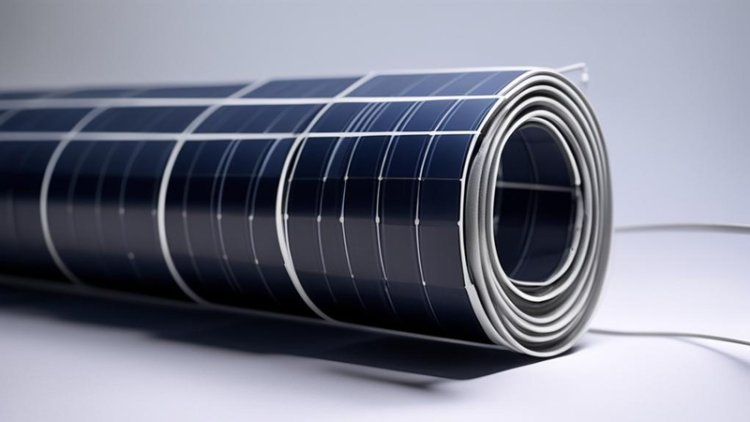Scientists have created ultra-thin silicon solar panels for aviation, space and wearable electronics

Current silicon solar panels lack flexibility in the literal sense of the word. They are relatively thick and therefore heavy, which prevents them from finding their way into aviation and being used more widely in wearable electronics. This is also important for space, since putting each kilogram into orbit costs a lot of money. Perhaps scientists from China and Australia will help with this, they have created ultra-thin and flexible panels from conventional silicon.
Recently, the state-run Chinese publication Science and Technology Daily quoted Jiangsu University of Science and Technology (JUST) professor Li Yang as saying that crystalline silicon solar cells, which are made from silicon wafers, have been and remain the most mature and widely used solution for generating electrical energy, “but they face two major technological bottlenecks.”
One of the disadvantages of modern silicon PV panels is that the energy conversion efficiency of large area silicon cells remains limited at 26%; Another obstacle is the thickness of the element - typically 150 to 180 microns, which makes them difficult to use in applications that require a more flexible and lighter material for installation on curved roofs, satellites and space stations.
Led by Professor Li, a group of scientists from JUST, Australia's Curtin University and LONGi Green Energy Technology published an article in the journal Nature in which they reported the creation of a photopanel with a thickness of about 50 microns from crystalline silicon. This is thinner than a sheet of regular A4 writing paper. This photo panel cannot be folded in half like a sheet of paper, but can be bent to a sufficient degree of curvature without breaking.
What is important is that the efficiency of the ultra-thin photopanel exceeded 26%. Scientists have created several more solar cells with a thickness of 55 to 130 microns, and all of them have an efficiency exceeding 26%.
Professor Lee said his team is working to create more flexible and efficient crystalline silicon solar cells that could one day be as easy to use as a roll of film.
Share
What's Your Reaction?
 Like
0
Like
0
 Dislike
0
Dislike
0
 Love
0
Love
0
 Funny
0
Funny
0
 Angry
0
Angry
0
 Sad
0
Sad
0
 Wow
0
Wow
0





![Transfer/ Postings Senior Superintendent Police Hyderabad [Notifications]](https://pakweb.pro/uploads/images/202402/image_100x75_65d7bb0f85d5f.jpg)
![Amazing Text Animation Effect In CSS - [CODE]](https://pakweb.pro/uploads/images/202402/image_100x75_65d79dabc193a.jpg)






